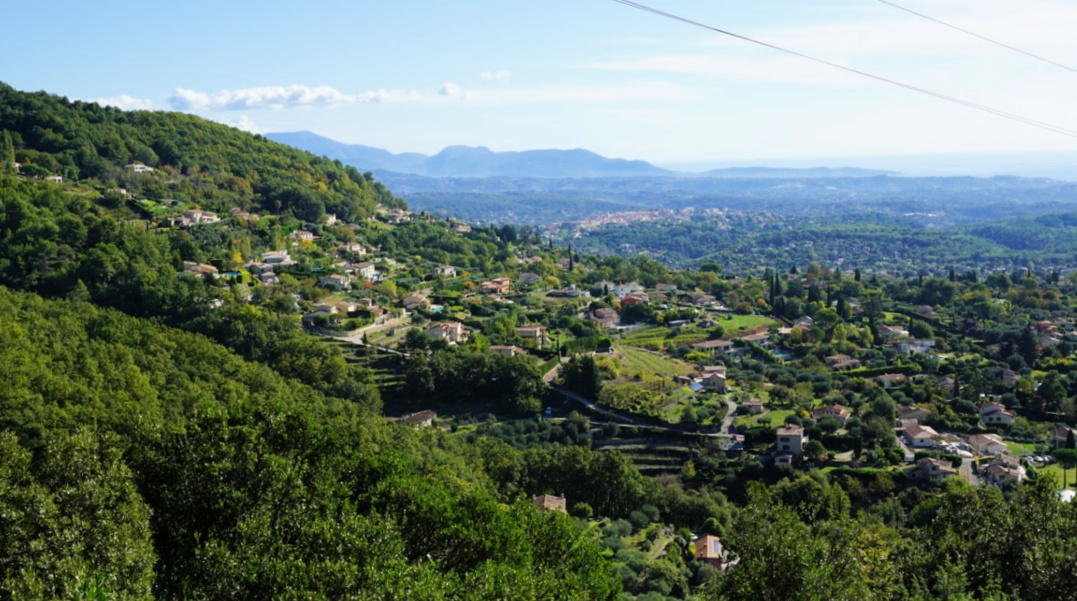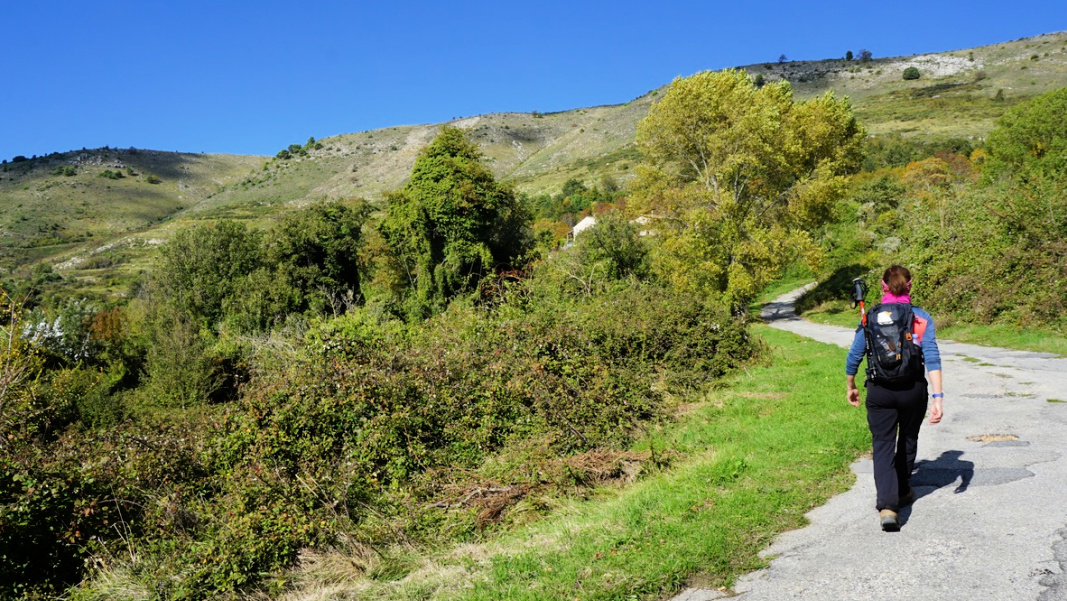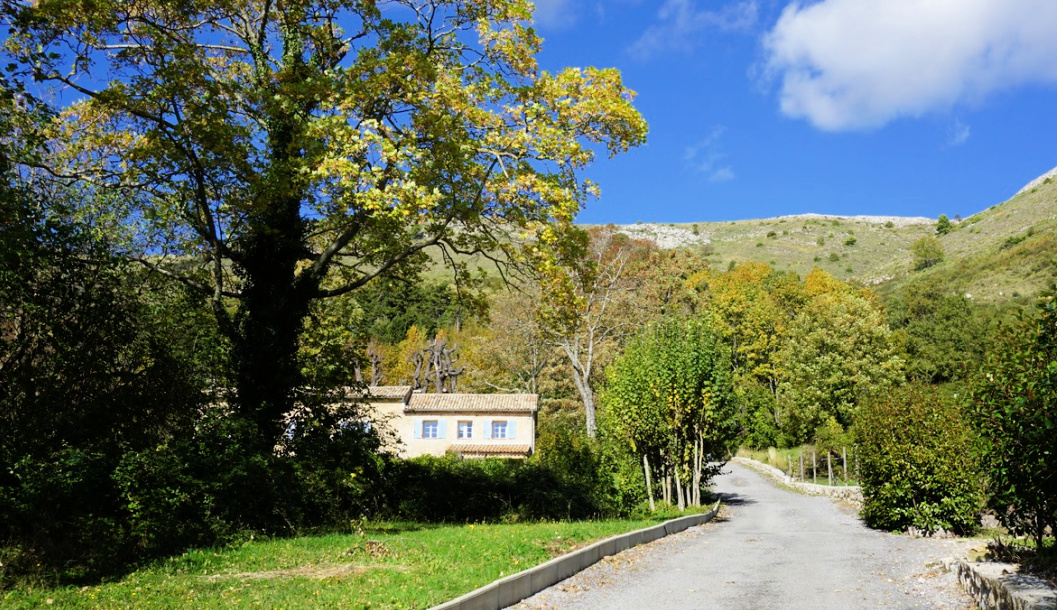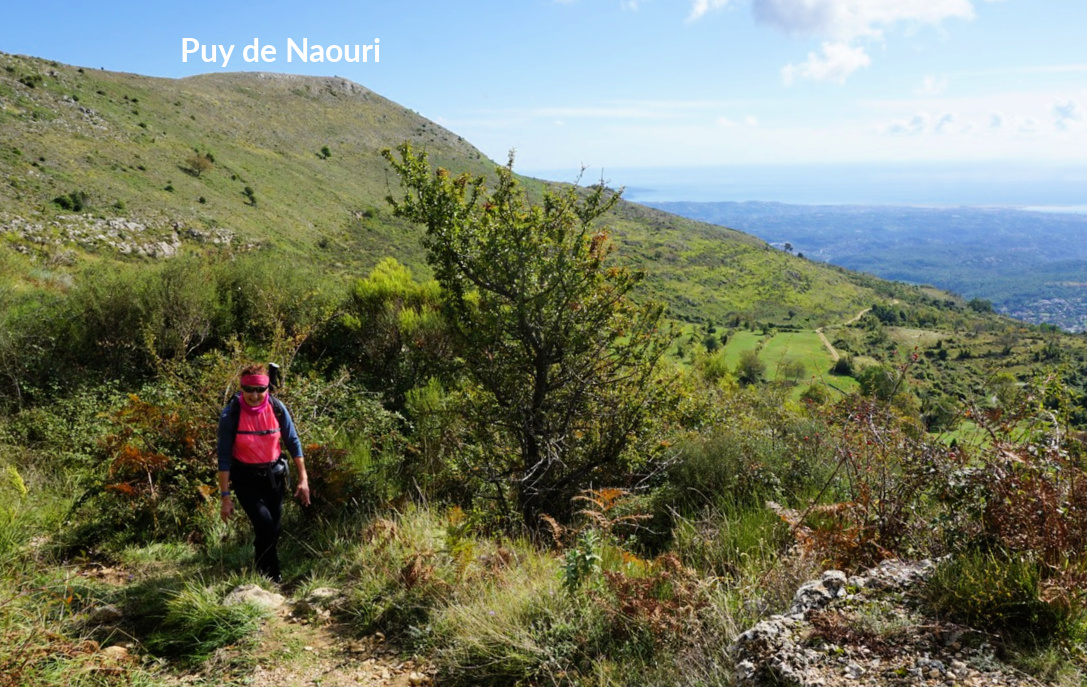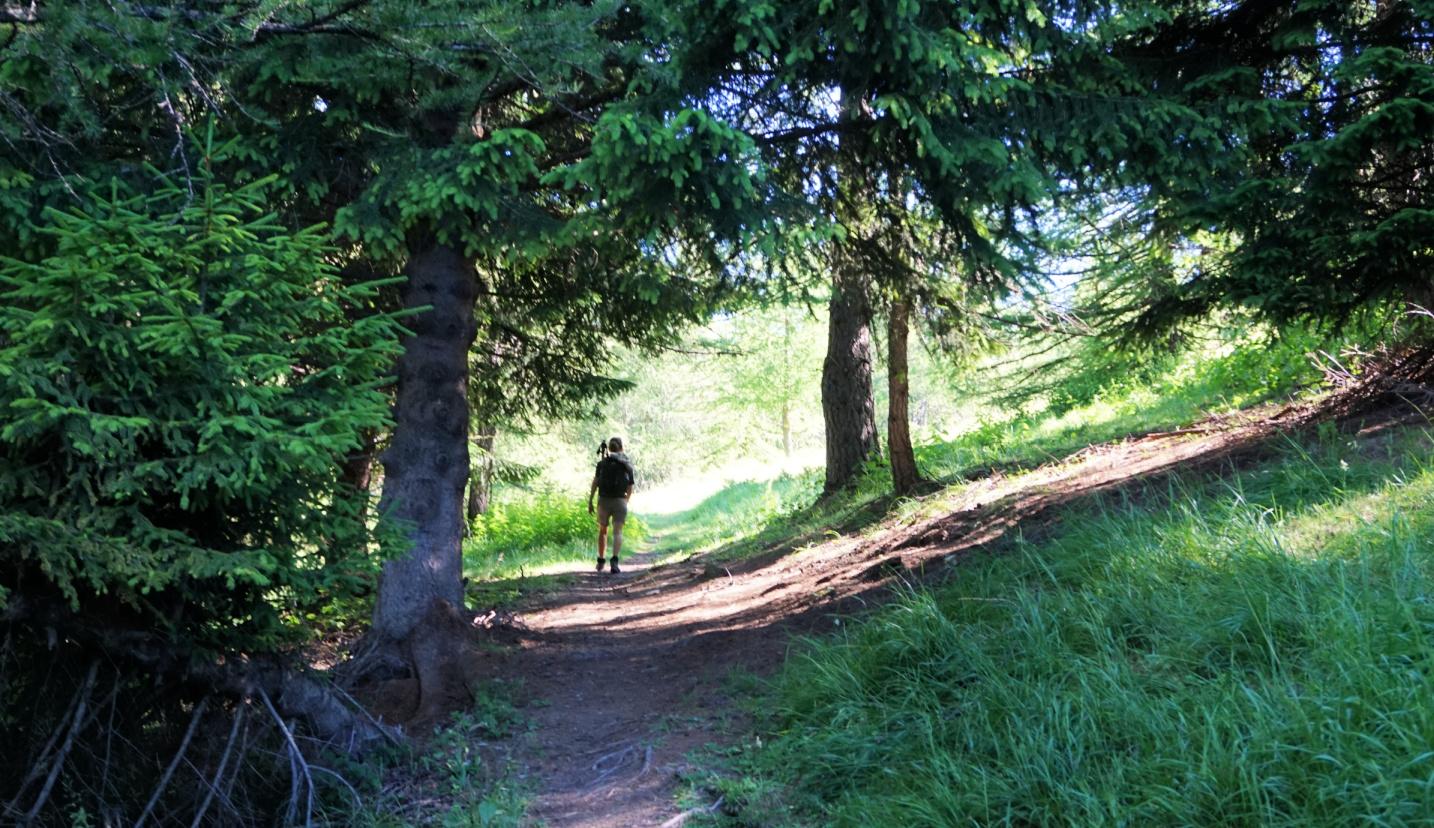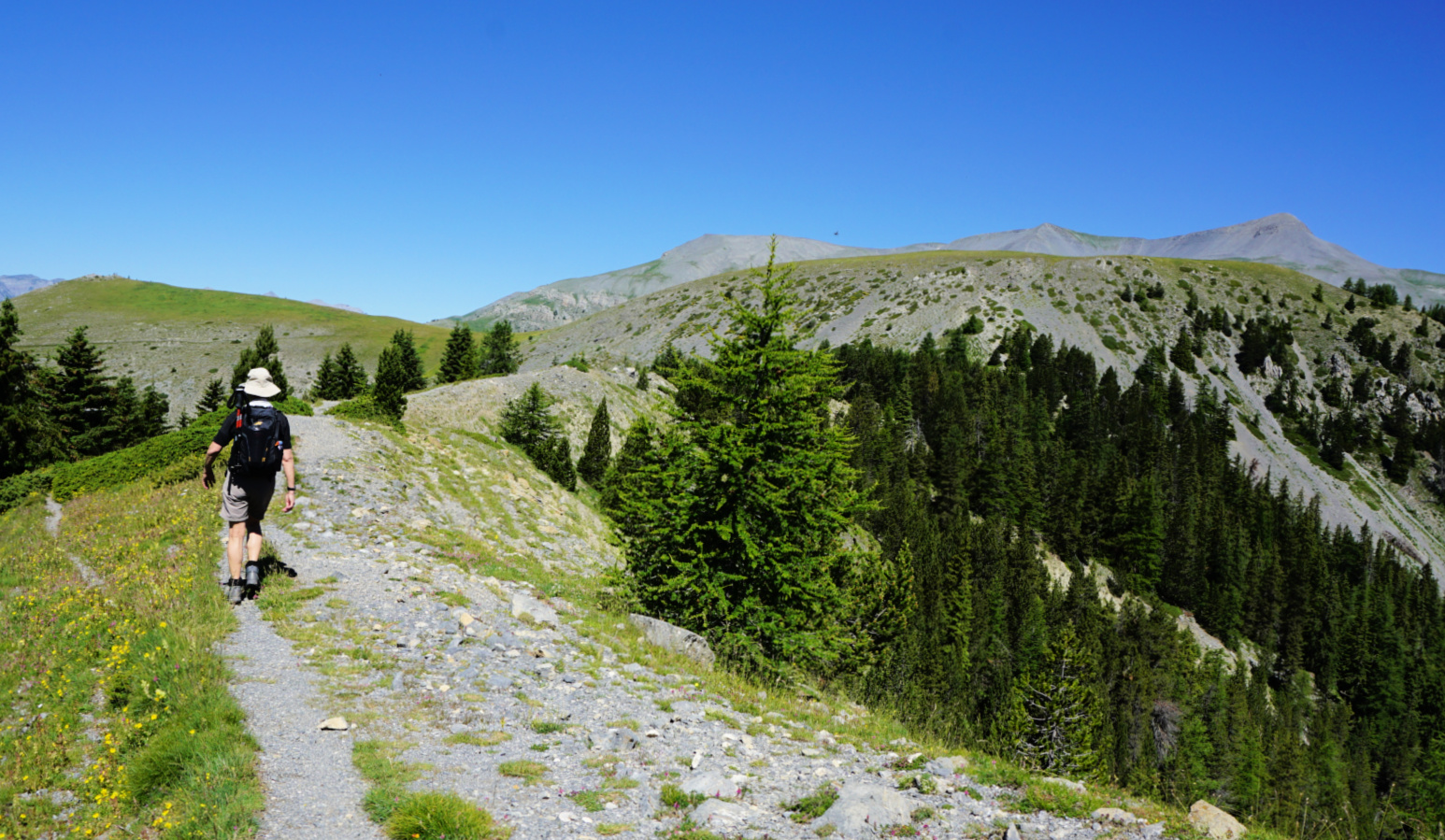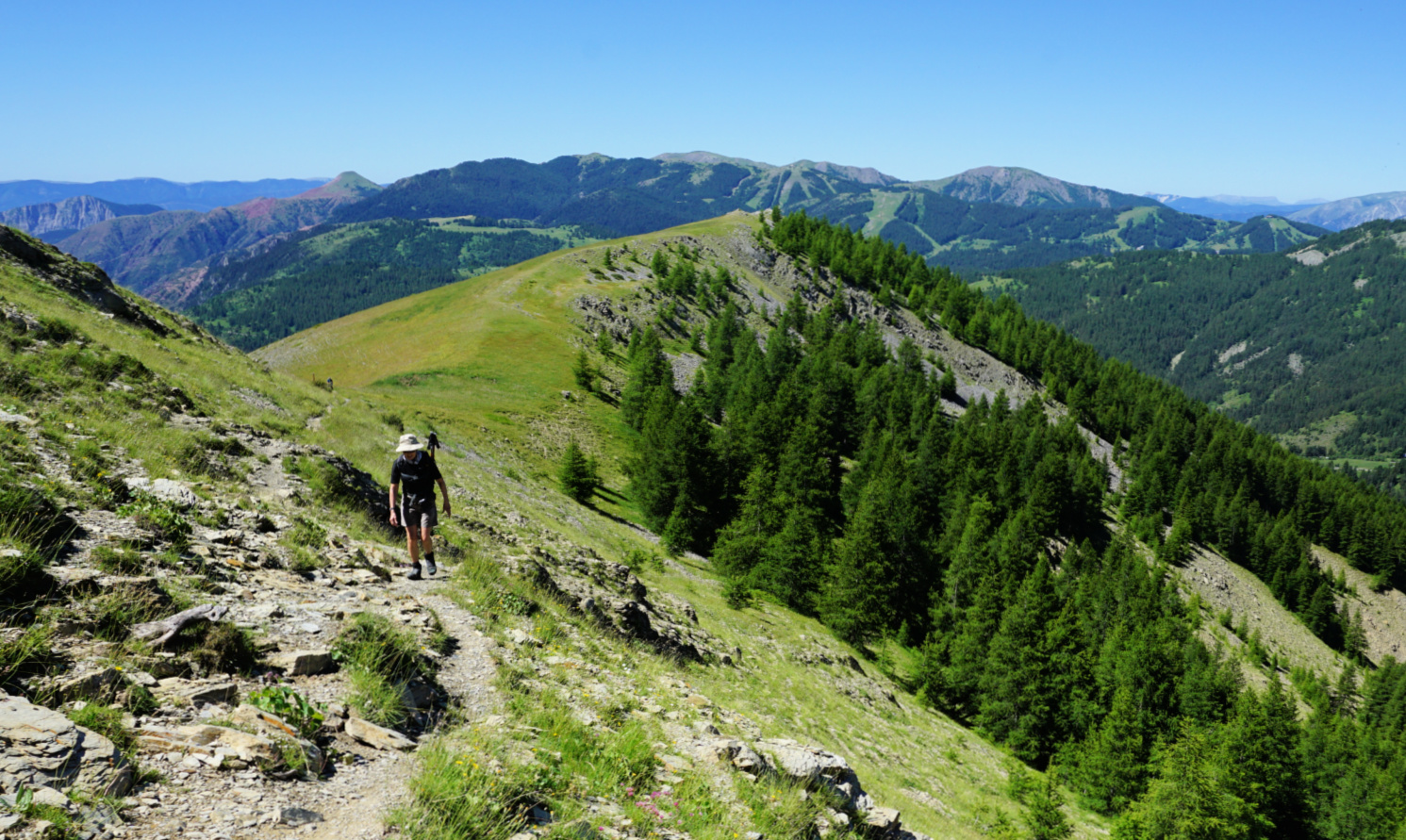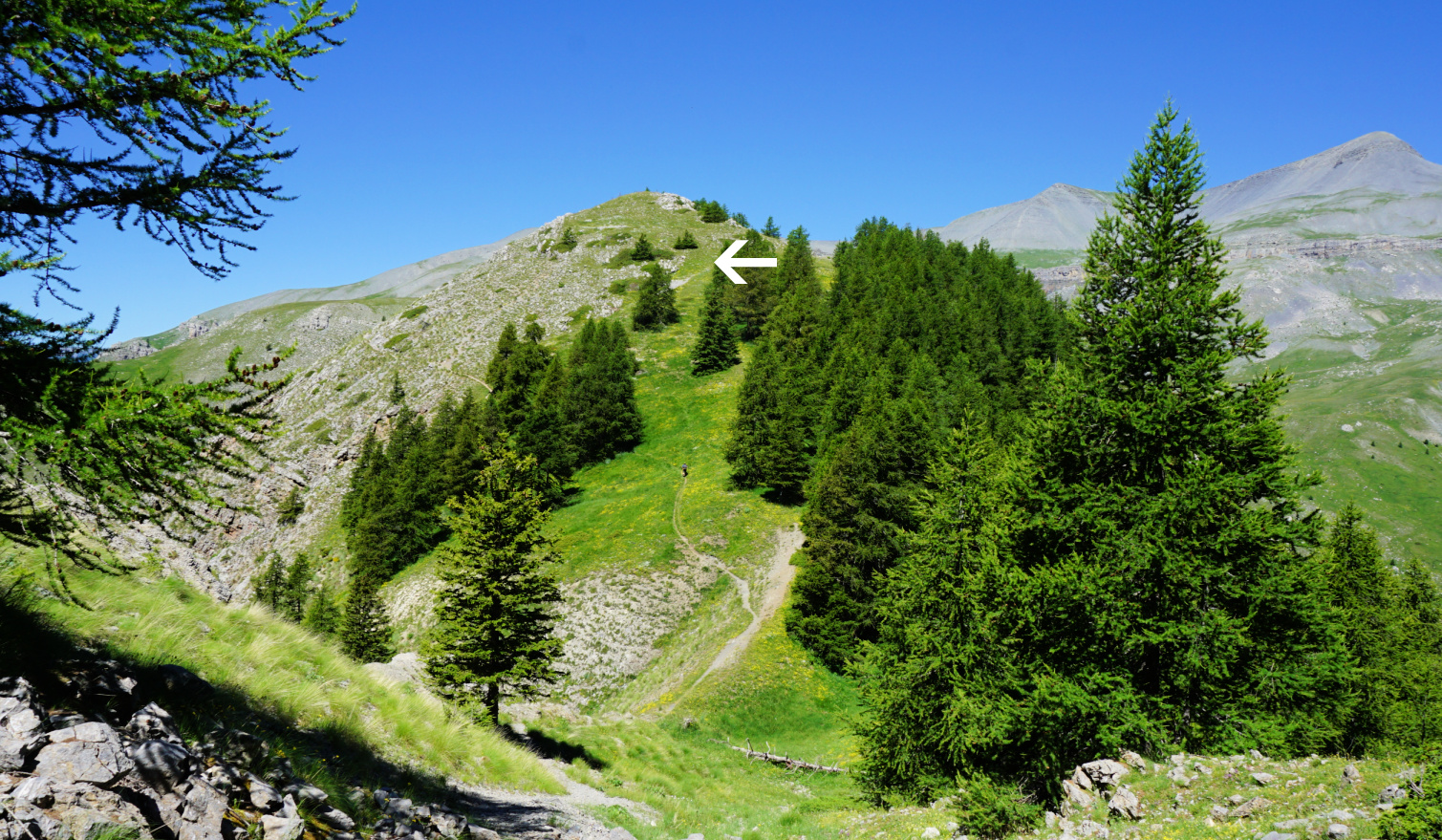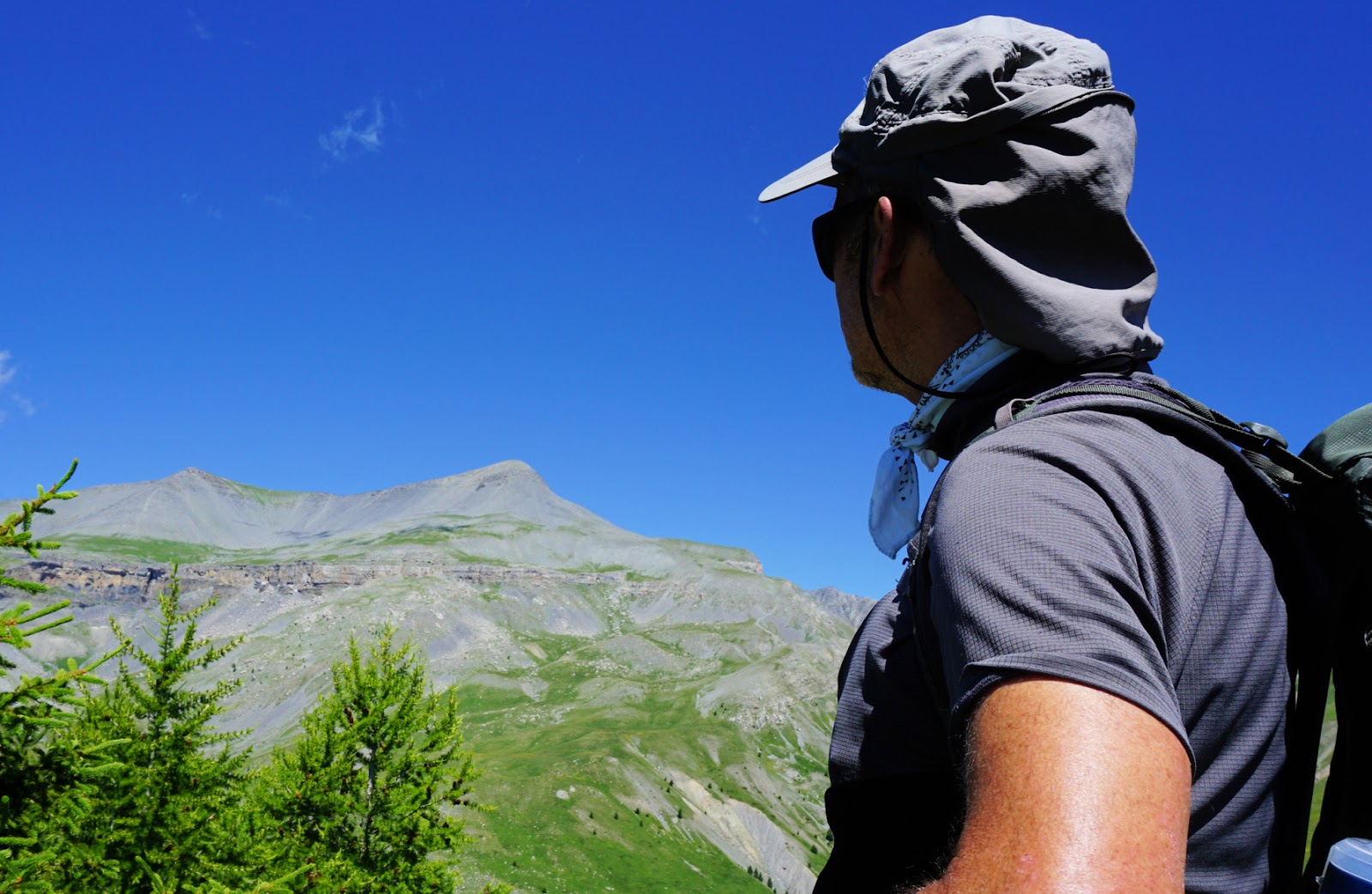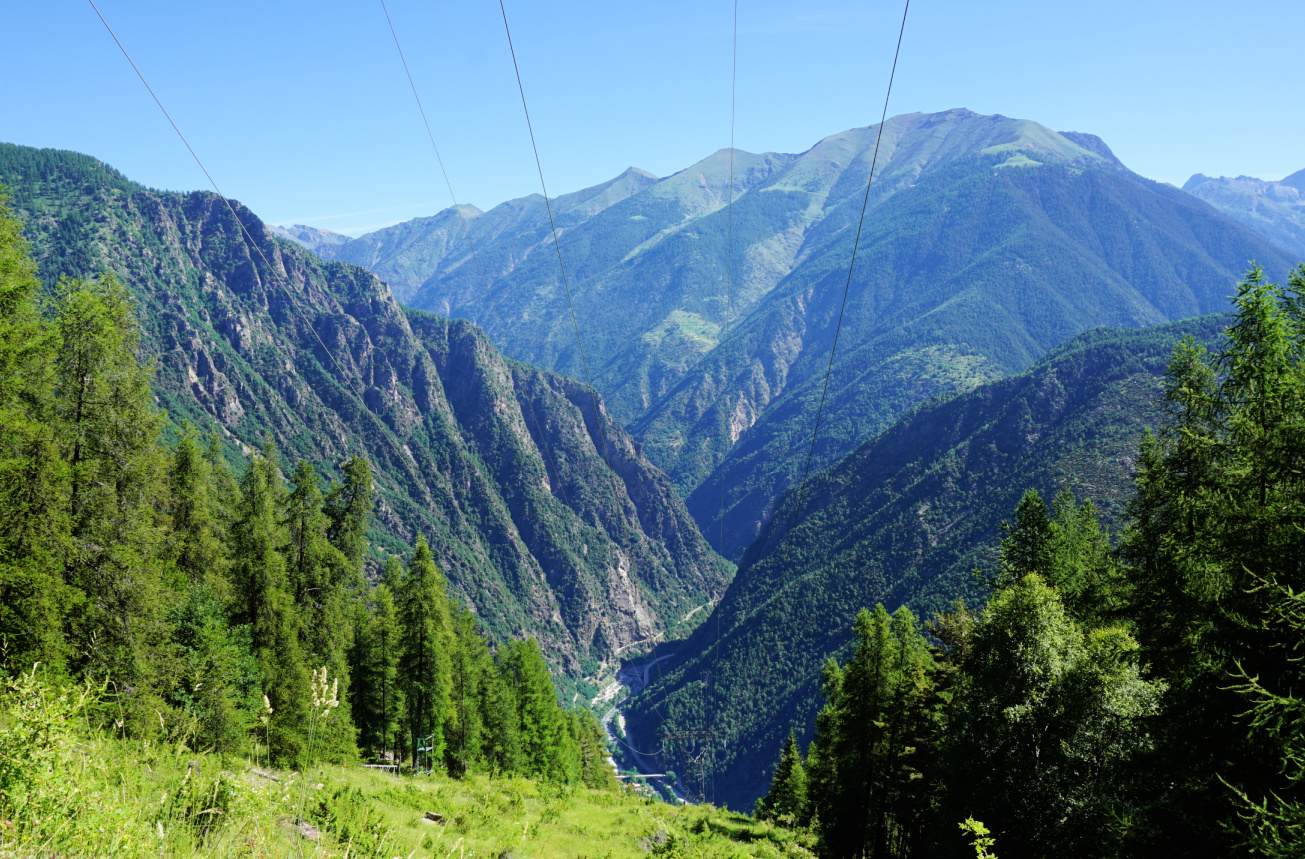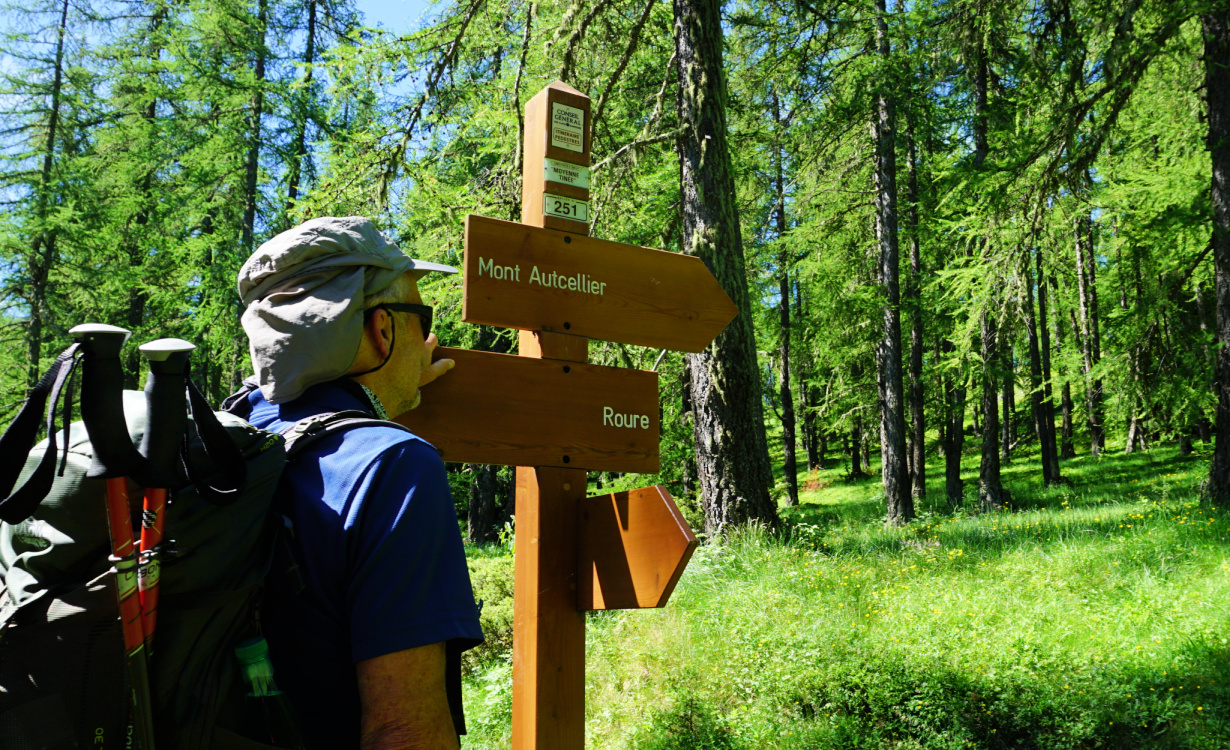Roasted aubergine and tomato compote
Aubergines and tomatoes are a classic combination. This dish has Eastern Mediterranean flavours from sumac, a delicious dark red spice from red berries of a Mediterranean shrub. In the Easter Mediterranean, sumac is sprinkled on warm pitas, grilled meats, and salads. In Nice, you’ll find sumac in well- stocked supermarkets.
Tomatoes concassées are easy to make: simply dip tomatoes in boiling water for a few minutes so that they are easy to peel.
Use this dish as a centre piece to your salads or serve as a first course.
2 servings
1 aubergine
2 tomatoes concassées
½ clove garlic, minced
Olive oil
1 tbsp. tomato paste
1 tsp. sumac
½ tsp. Piment d’Espelette or another mild chili powder
A pinch of salt (if sumac does not have added salt)
Preheat the oven to 180°C, roast.
Wash and dry the aubergine. Peel it and cut into about 1 cm thick slices. Lightly brush with olive oil and place on a baking tray. Roast 20 minutes until soft.
Meanwhile make the tomato compote. Warm 1 tbsp. olive oil in a saucepan over medium-low heat. Add the tomatoes concassées cut into chunks and the tomato paste. Add the garlic, sumac, and Piment d’Espelette. Cook until you get a nice compote.
Place the compote in a bowl and mix in the aubergine slices. Keep refrigerated until needed.











